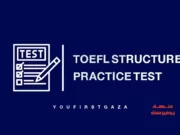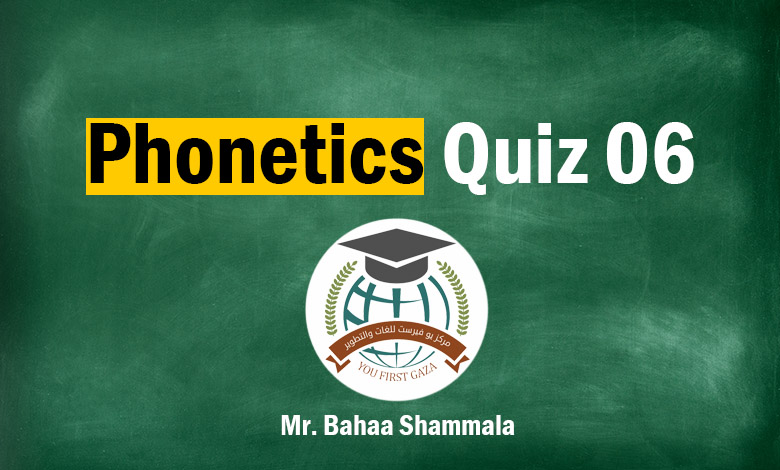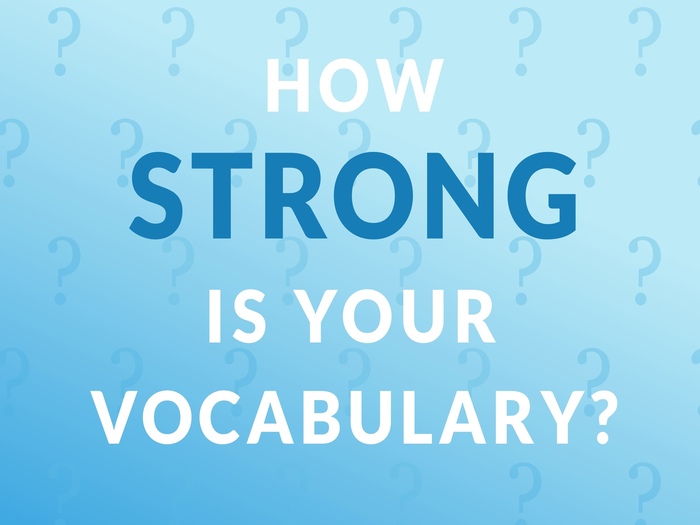#1. Students work in groups and engage in role-playing and classroom materials are often authentic and the teacher is a facilitator.
#2. It gives importance to listening comprehension; Learning language spontaneously through listening.
Comprehension -Based Approach
It gives importance to listening comprehension.
Language learning should come first with understanding and later proceed to production.
It is similar to how students acquire their mother language.
Students are exposed to meaningful inputs such as (audio-visual and tapes).
Learning language spontaneously through listening.
#3. It is called the oral approach; it is based on structures view of language speech and structures.
Situational Approach
It is called the oral approach too it is based on structures view of language speech and structures.
A set of vocabulary items are seen as the basis of language teaching.
it is focused on speaking ability.
It is started with stress and intonation.
Pronunciation and oral practise activities.
#4. It is similar to how students acquire their mother language.
Comprehension -Based Approach
It gives importance to listening comprehension.
Language learning should come first with understanding and later proceed to production.
It is similar to how students acquire their mother language.
Students are exposed to meaningful inputs such as (audio-visual and tapes).
Learning language spontaneously through listening.
#5. It is referred to as the study of mental processes such as (thinking, reasoning, perception, and problem-solving.)
Cognitive Approach
It is referred to as the study of mental processes such as (thinking, reasoning, perception, and problem-solving.)
Students are responsible for their learning.
Language is viewed as rule acquisition, not a habit, and instruction is often individualized.
Results
Perfect, you did it!









































